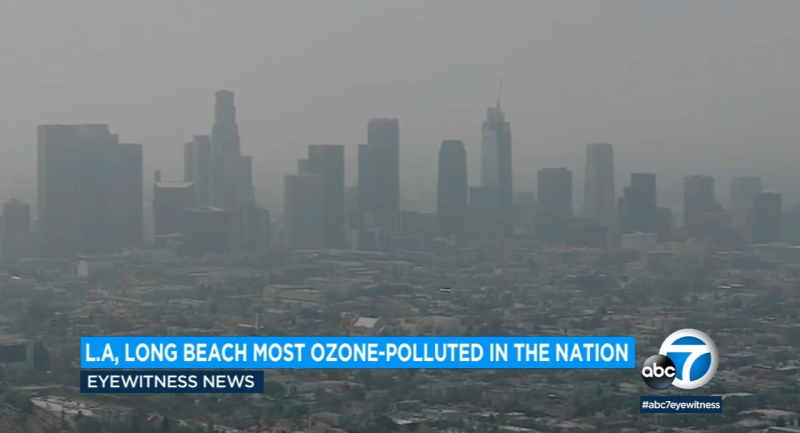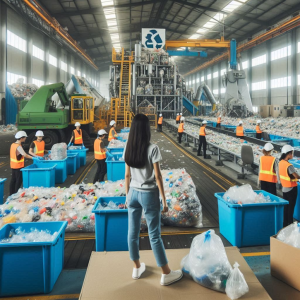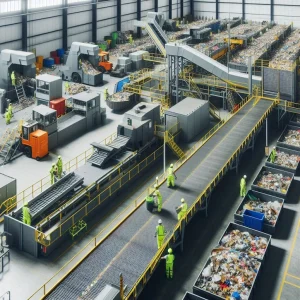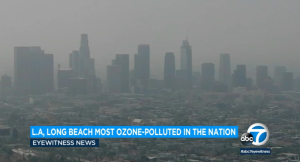
The Impact of Inefficient Waste Management to Oceans
Inefficient waste management practices have a significant impact on the health and well-being of our oceans. The improper disposal of waste, particularly plastic waste, contributes to marine pollution and poses a grave threat to marine ecosystems and wildlife. One of the primary ways this occurs is through marine debris, where plastic products and other waste items end up in the ocean.
Plastic waste, in particular, is a major concern due to its durability and slow degradation process. Plastics can persist in the marine environment for hundreds of years, gradually breaking down into smaller microplastics. These microplastics are ingested by marine organisms, from tiny zooplankton to large marine mammals, leading to a range of harmful effects. The ingestion of plastics can cause internal injuries, blockages in digestive systems, and can even result in starvation and death. Additionally, plastics can entangle marine animals such as sea turtles, seals, and birds, leading to injuries, impaired mobility, and ultimately death.
The impact of inefficient waste management on oceans extends beyond visible debris. Improperly disposed of hazardous materials, such as chemicals and pharmaceuticals, can find their way into waterways and eventually the ocean. These toxic substances can contaminate the water and pose a threat to marine life, disrupting their reproductive systems, causing diseases, and affecting the overall biodiversity of the marine ecosystem. The accumulation of toxins in marine organisms can also have indirect consequences on human health, as seafood contaminated with harmful substances may enter the food chain.
Furthermore, inefficient waste management practices can contribute to nutrient pollution in coastal areas, leading to harmful algal blooms. When excessive nutrients, such as nitrogen and phosphorus, are released into the ocean through improper waste disposal or sewage discharge, they stimulate the growth of harmful algae. These algal blooms deplete oxygen levels in the water, leading to dead zones where marine life cannot survive. The loss of biodiversity and the disruption of ecosystems have far-reaching consequences, affecting fisheries, tourism, and the overall health and resilience of coastal communities.
To mitigate the impact of inefficient waste management on oceans, it is crucial to adopt sustainable waste management practices at all levels. This includes proper waste disposal, recycling, and reducing the use of single-use plastics. Education and awareness campaigns are essential to promote responsible waste management behaviors and encourage individuals, communities, and industries to take action. Additionally, governments and international bodies should enforce regulations and implement policies that prioritize the reduction of marine pollution and promote the transition towards a circular economy. By addressing these issues, we can protect our oceans, preserve marine biodiversity, and ensure the sustainability of our planet for future generations.
Waste management issues in Santa Ana CA
Santa Ana, California, faces several waste management issues that require attention and effective solutions. One of the primary challenges is the management of municipal solid waste (MSW). With a densely populated urban area, Santa Ana generates a significant amount of waste that needs to be handled properly. However, there are limitations in waste management infrastructure and resources, leading to inadequate waste collection and disposal services in some areas. This can result in illegal dumping, littering, and the accumulation of waste, impacting the cleanliness and aesthetics of the city.
Another waste management issue in Santa Ana is the recycling and diversion of waste from landfills. While the city has implemented recycling programs, there is a need for continued education and awareness to encourage residents and businesses to actively participate.
Enhancing recycling infrastructure and accessibility, such as increasing the number of recycling centers and implementing convenient recycling systems, can help improve recycling rates. Additionally, expanding composting programs can divert organic waste from landfills and promote sustainable waste management practices.
Furthermore, Santa Ana faces challenges related to the proper disposal of hazardous waste. The city is home to various industries and businesses that generate hazardous materials requiring special handling and disposal. However, inadequate awareness and access to proper disposal facilities can lead to the improper disposal of hazardous waste, posing risks to the environment and public health.
Enhancing hazardous waste collection events, providing resources for businesses to manage hazardous waste, and improving public education on safe disposal practices are essential steps to address this issue.
To tackle these waste management challenges, Santa Ana needs to focus on improving waste management infrastructure, promoting recycling and diversion programs, and strengthening public education and awareness. The city can invest in expanding waste collection services, especially in underserved areas, and implement innovative technologies for waste sorting and recycling.
Collaborative efforts between the local government, waste management companies, and community organizations are crucial to developing comprehensive waste management strategies that address the specific needs of Santa Ana. By implementing sustainable waste management practices, the city can enhance cleanliness, protect the environment, and promote a healthier and more livable community.
References
- http://www.usa.com/santa-ana-ca-air-quality.htm
- https://www.santa-ana.org/general-plan-environmental-justice/
- https://www.santaanadumpsterrental.net/
- https://www.ambrosekane.com/2022/04/16/the-various-uses-of-a-dumpster-rental/
- https://www.ambrosekane.com/2022/06/19/biggest-mistakes-people-make-when-ordering-a-dumpster/




